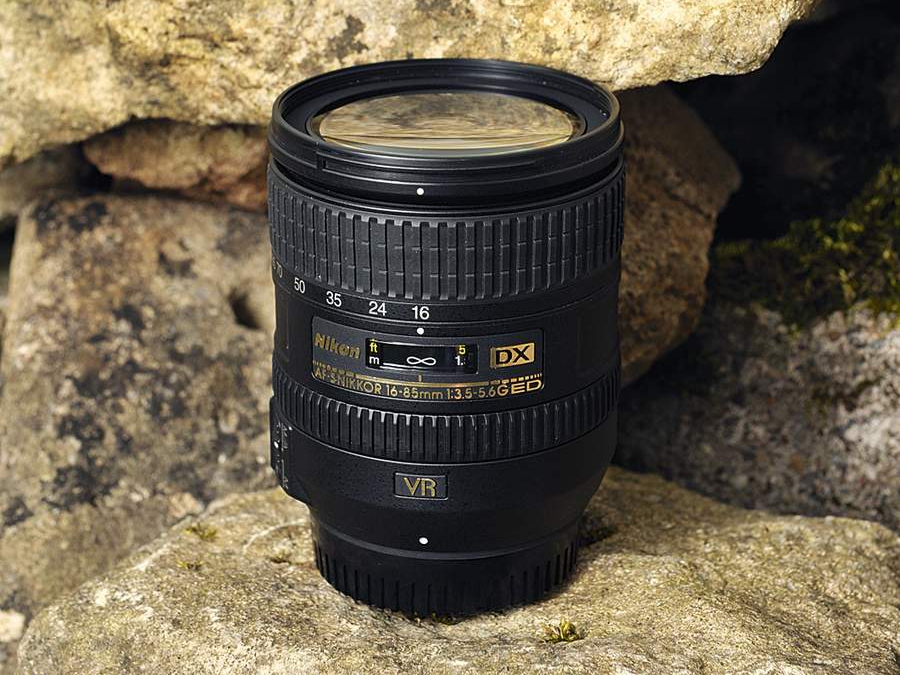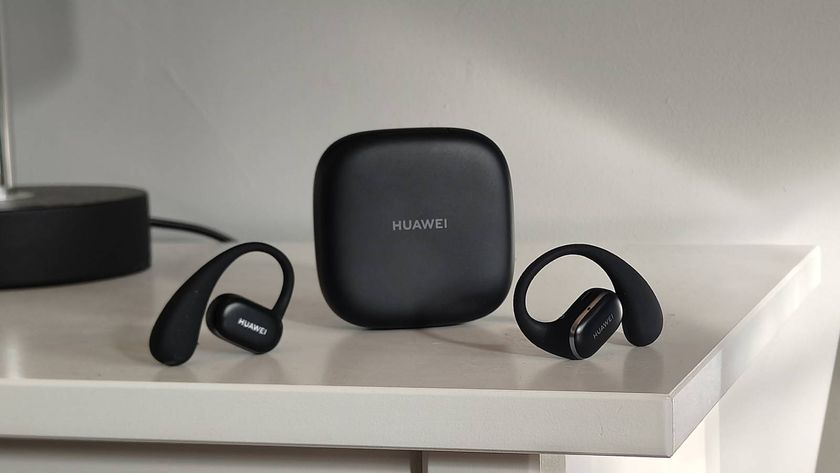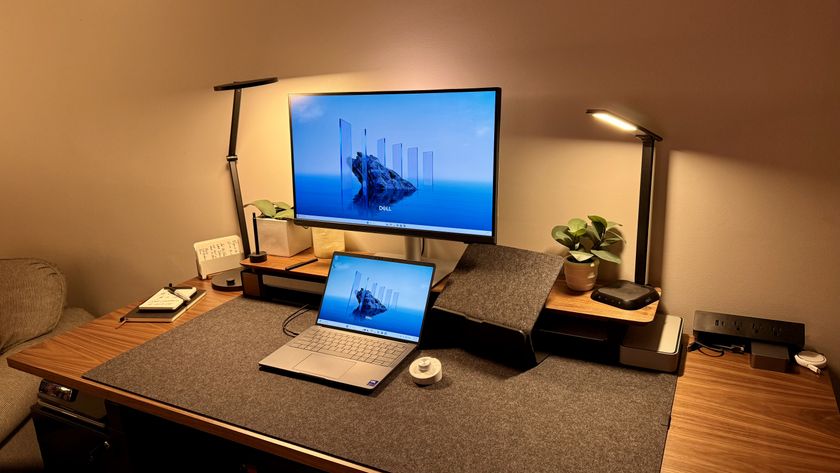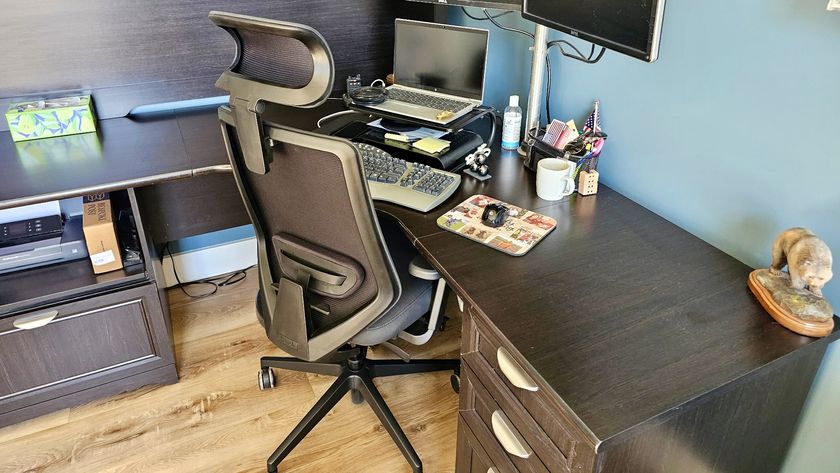TechRadar Verdict
If you can live without a fast, constant aperture, this lens is great.
Pros
- +
Excellent 5.3x zoom range
- +
Great handling
- +
Four-stop vibration reduction
Cons
- -
Inconsistent sharpness samples
Why you can trust TechRadar
With an effective zoom range of 24-127.5mm on Nikon APS-C cameras, this lens is generous at both the wide-angle and telephoto ends of the scale. Despite this, it's surprisingly compact and sturdily built. Extras include a petal-shaped lens hood and soft pouch.
Similarities between the Nikon and Canon lenses include fast, near-silent autofocus, but in our tests, the Canon was a little speedier and marginally quieter.
Both lenses give the luxury of full-time manual override. Optical stabilisation is provided by Nikon's new-generation Vibration Reduction II, which proved true to its four-stop claim in our tests. Another neat touch is that the dual-mode VR has Normal and Active options
Performance
Nikon makes one of the best superzoom lenses on the market – the Nikon AF-S DX VR 18-200mm f/3.5-5.6G IF-ED – so the 16-85mm has its work cut out to match it, given that it's only about £100 cheaper.
Sure enough, there are none of the nasty, moustache-shaped distortions for which the 18-200mm is notorious, although the 16-85mm still has some barrel distortion at the wide-angle end. Unlike the bigger 18-200mm, there's no zoom creep so tripod-mounted use is much easier.
We've seen razor-sharp images from several samples of this lens, but the review sample for this test was underwhelming. However, chromatic aberration was almost non-existent.
Tech Focus…
For shooting from an idling car, or if you're feeling adventurous, a helicopter, the VR II system's Active mode works a treat, delivering sharp handheld shots time after time.
Follow TechRadar Reviews on Twitter: http://twitter.com/techradarreview
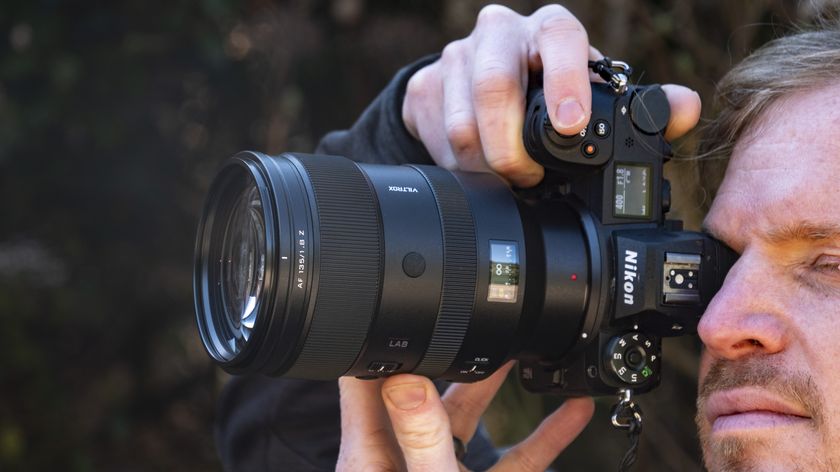
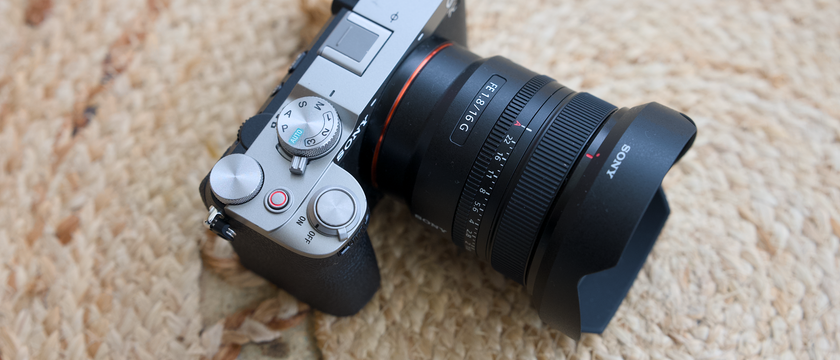
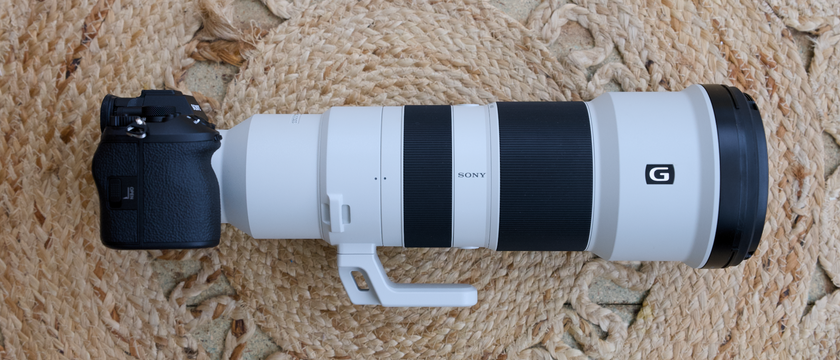
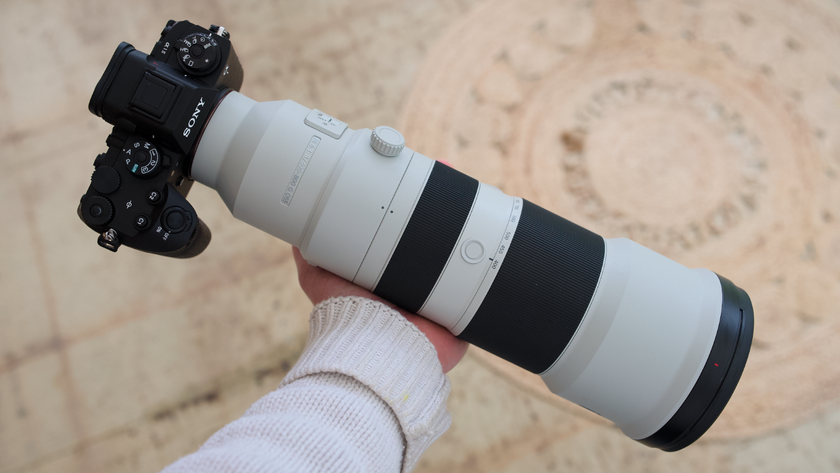
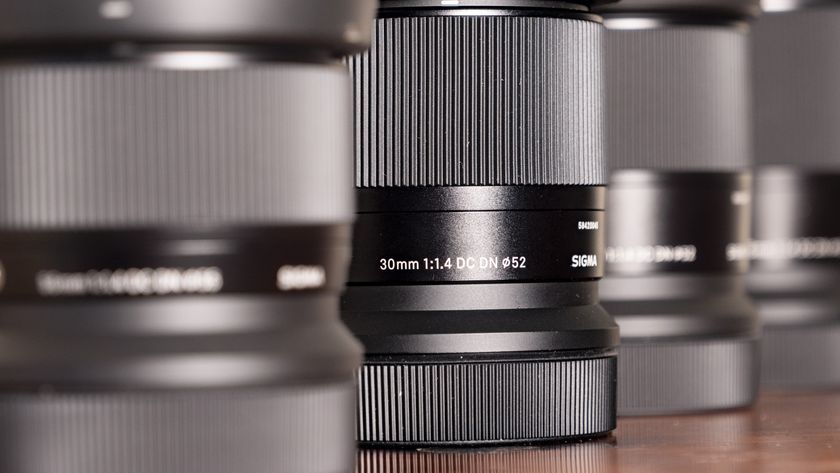
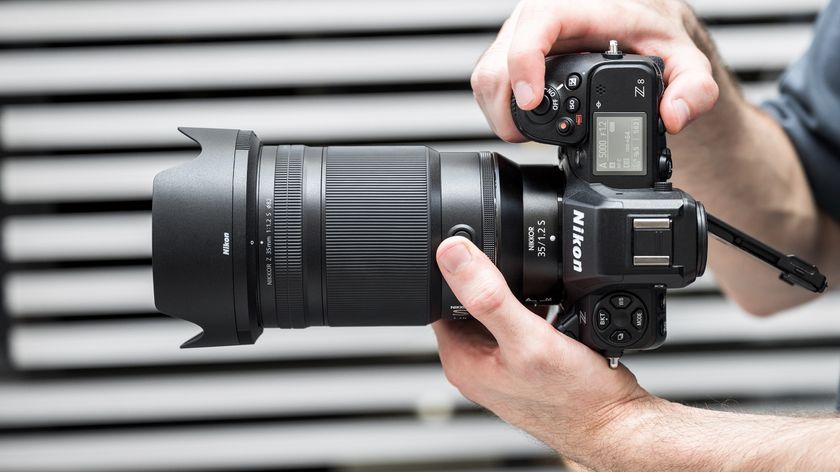





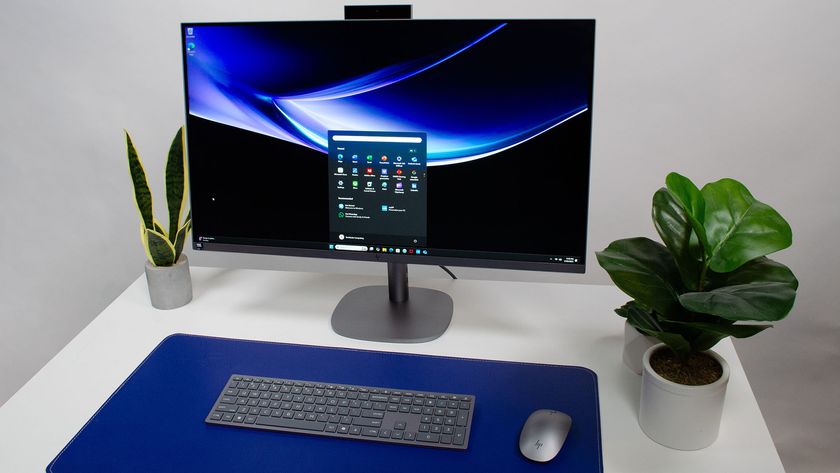

I analyzed 25 AMD Zen 4 and Zen 5 CPUs and the Ryzen 9 9900X is the best of them all right now: Here’s why

Ugreen reveals exclusive Genshin Impact collection and they're some of the most eye-catching charging products I've ever used

Zendesk Relate 2025 - everything you need to know as the event unfolds
